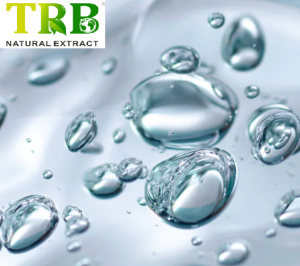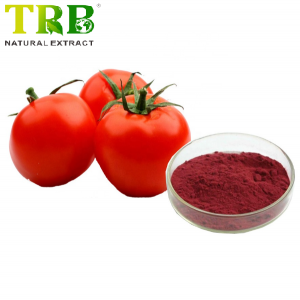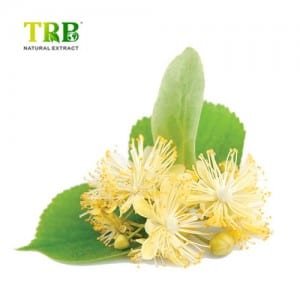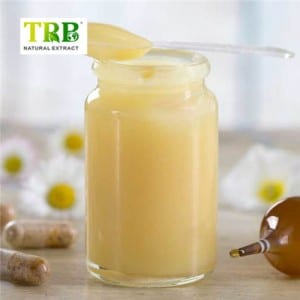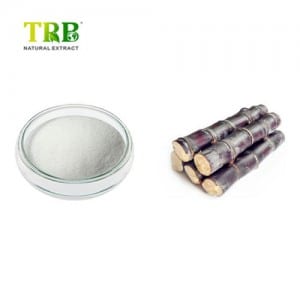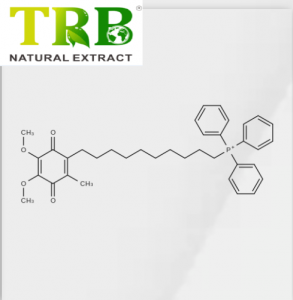Comprehensive Guide to Cosmetic Grade Hyaluronic Acid (HA): Properties, Benefits, and Applications
1. Introduction
Hyaluronic Acid (HA), also known as hyaluronan or sodium hyaluronate, is a revolutionary ingredient in modern cosmeceuticals. As a naturally occurring glycosaminoglycan, HA plays a pivotal role in skin hydration, anti-aging, and tissue repair . With its unparalleled moisture-retention capacity and biocompatibility, HA has become a cornerstone in skincare formulations targeting global consumers, especially in Europe and North America. This guide delves into the science, applications, and commercial advantages of high-purity, cosmetic-grade HA, optimized for visibility on Google and alignment with Western search habits.
2. Product Overview
2.1 Chemical Structure and Sources
HA is a linear polysaccharide composed of repeating disaccharide units: D-glucuronic acid and N-acetylglucosamine, linked by β-1,3 and β-1,4 glycosidic bonds . Commercial HA is predominantly in its sodium salt form (sodium hyaluronate), enhancing solubility and stability . Our HA is produced via microbial fermentation under strict GMP and ISO 9001 standards, ensuring non-animal origin, high purity (>95%), and batch-to-batch consistency .
2.2 Molecular Weight Variants
Tailored molecular weights (MW) enable diverse cosmetic applications:
- High MW (1,000–1,800 kDa): Forms a protective film on the skin surface, locking in moisture and reducing transepidermal water loss (TEWL) .
- Medium MW (200–400 kDa): Balances hydration and penetration for serums and lotions.
- Low MW (5–10 kDa): Penetrates deeper epidermal layers to stimulate collagen synthesis and repair .
- Oligo-HA (≤5 kDa): Enhances cellular regeneration and antioxidant activity .
3. Key Benefits of HA in Cosmetics
3.1 Superior Hydration
HA can bind up to 1,000 times its weight in water, making it the gold standard for moisturizing dry and dehydrated skin . Its hygroscopic nature ensures 24-hour hydration, improving skin elasticity and plumpness .
3.2 Anti-Aging and Wrinkle Reduction
By replenishing the dermal HA lost with age, it restores skin volume, smoothens fine lines, and enhances firmness . Clinical studies show that 0.1% HA serum reduces wrinkle depth by 20% within 4 weeks .
3.3 Barrier Reinforcement
HA strengthens the skin’s lipid barrier, protecting against environmental stressors (e.g., UV, pollution) and minimizing sensitivity .
3.4 Versatility in Formulations
Compatible with creams, serums, gels, and masks, HA synergizes with ingredients like vitamin B5, peptides, and ceramides to amplify efficacy . For example, combining HA with niacinamide boosts brightening effects by 30% .
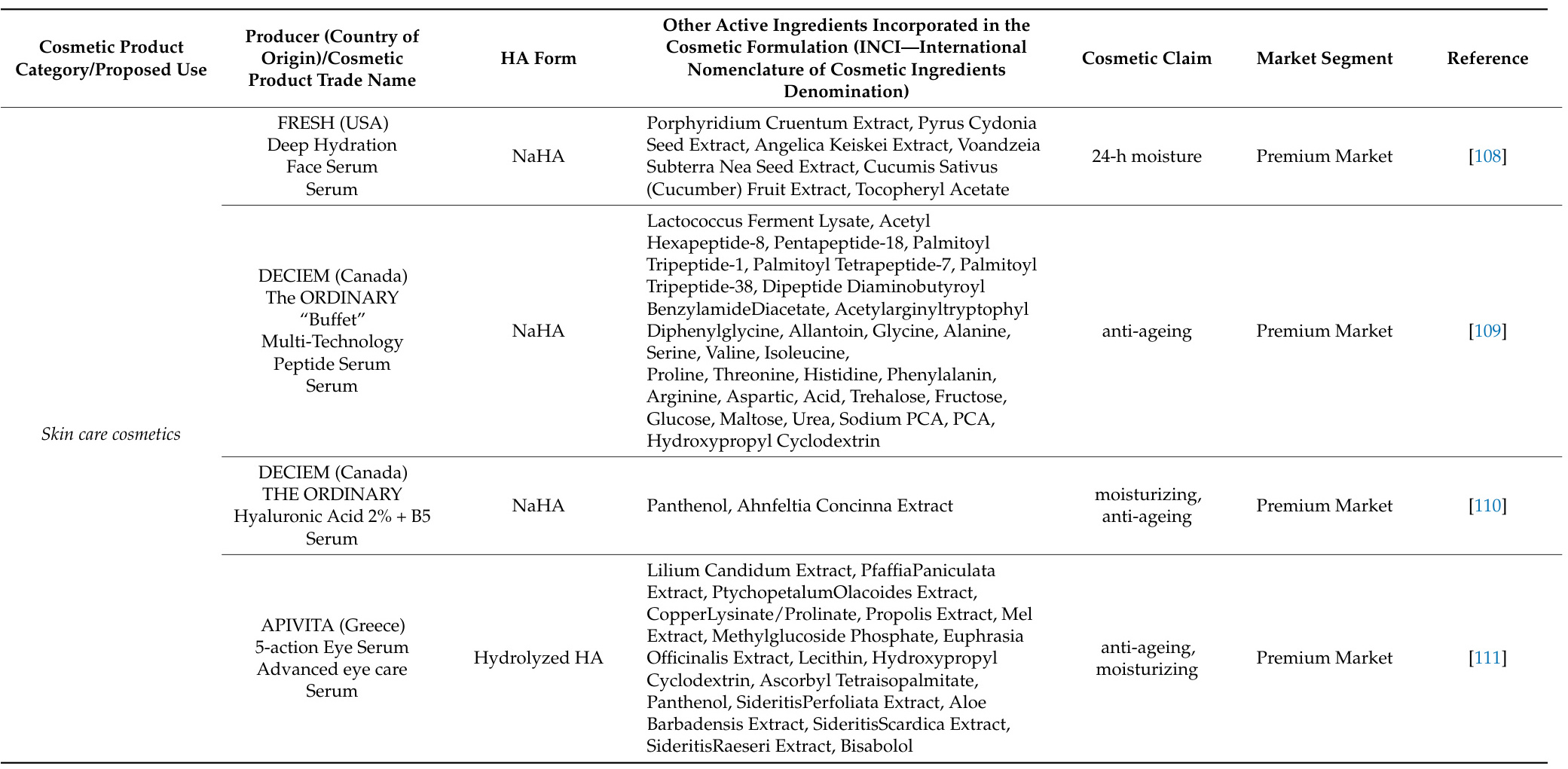
4. Application Guidelines
4.1 Recommended Dosages
- Creams/Gels: 0.1–0.5% HA powder or 10–50% HA solution for optimal viscosity and spreadability .
- Eye Care Products: Use 1.3–1.5 million Dalton HA to reduce puffiness and dark circles .
- Sun Care: ≥0.1% HA enhances UV protection and prolongs moisturizing effects .
4.2 Target Skin Concerns
- Dry Skin: High MW HA + shea butter.
- Aging Skin: Low MW HA + retinol.
- Sensitive Skin: Oligo-HA + oat extract.
5. Safety and Certifications
- Non-Irritating: Passes ECOCERT organic certification and dermatologist testing .
- GMP/ISO Compliance: Manufactured in facilities audited for quality and traceability .
- Regulatory Alignment: Meets EU Cosmetic Regulation (EC) No 1223/2009 and FDA guidelines for topical use.
6.
- Keywords: Integrate terms like “non-animal HA,” “cosmetic-grade sodium hyaluronate,” and “anti-aging serum ingredient” in headers and meta descriptions .
7. Conclusion
Our cosmetic-grade HA stands at the forefront of skincare innovation, offering unparalleled purity, safety, and efficacy. Backed by microbial fermentation technology and global certifications, it empowers brands to create high-performance products resonating with eco-conscious consumers. For formulations tailored to your needs, contact our technical team or download the full datasheet.

